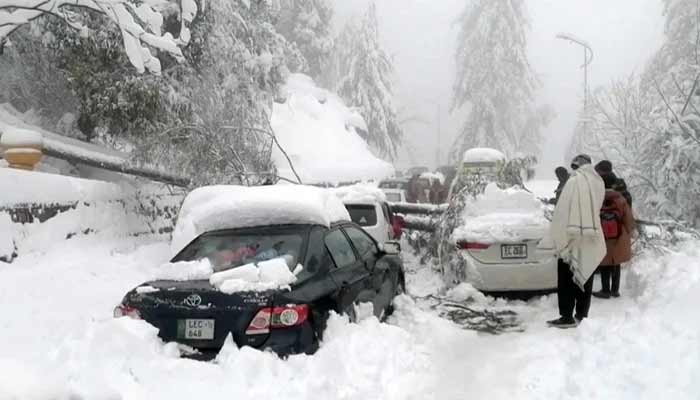
The Pakistan Meteorological Department (PMD) termed the forecast of more-than-usual winter in Pakistan due to La Niña contrary to scientific facts.
The PMD clarified: “The country can expect some winter waves with minor intensity due to the western wind, but there are no possibilities of an intensely cold winter. This year, the country is expecting less rainfall between December and February.” This clarification responds to and contrasts the earlier claims predicting an extremely cold winter.
Rejecting the possibility of high cold weather in Pakistan, the Met Office declared it has no scientific evidence.
Earlier, the Intersector Coordination Group (ISCG) had predicted that Pakistan is likely to experience one of its coldest winters in decades due to the La Niña climate phenomenon. However, the PMD has publicly disagreed with this prediction, citing no scientific evidence for such an extreme winter.
The latest situation report on Pakistan’s monsoon floods warns that the La Niña pattern could bring colder-than-usual temperatures across much of the country, further straining the coping mechanisms of flood-affected households, particularly in the mountainous areas of Khyber Pakhtunkhwa (KP) and Gilgit Baltistan (GB).
A La Niña occurs when sea surface temperatures in the Pacific Ocean drop abnormally, disrupting global weather systems and often leading to extreme temperature shifts.
In its October forecast, the report published by UN-OCHA says marginally negative phases of both the El Niño Southern Oscillation and the Indian Ocean Dipole are expected to influence rainfall across Pakistan.
“Northern Punjab, Khyber Pakhtunkhwa, Azad Jammu and Kashmir, and Gilgit Baltistan may experience below-normal rainfall, while southern regions, including Sindh, Balochistan, and southern Punjab, are likely to receive near-normal precipitation,” it noted.
“Expected impacts include possible disruptions to Kharif crop harvesting due to isolated storms, increased risk of dengue outbreaks in stagnant water conditions, higher chances of glacial lake outburst floods in upper areas, reduced river inflows affecting irrigation, elevated smog and air pollution in plains, and adverse effects on livestock health and fodder availability due to above-normal temperatures,” the report added.







